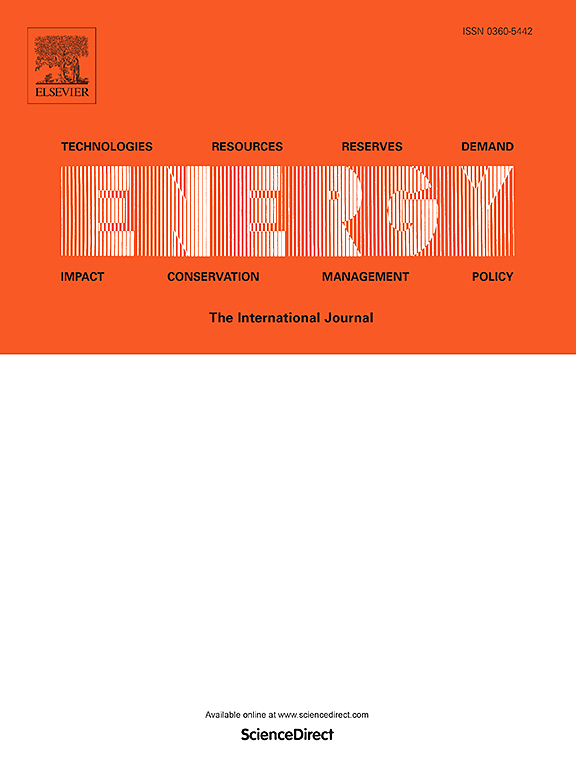Techno-economic assessment of a solar-powered green hydrogen storage concept based on reversible solid oxide cells for residential micro-grid: A case study in Calgary
IF 9
1区 工程技术
Q1 ENERGY & FUELS
引用次数: 0
Abstract
Solar photovoltaic (PV)-based electricity production has gained significant attention for residential applications in recent years. However, the sustainability and economic feasibility of PV systems are highly dependent on their grid-connected opportunities, which may diminish with the increasing penetration of renewable energy sources into the grid. Therefore, securing reliable energy storage is crucial for both grid-connected and off-grid PV-based residential facilities. Given the high capital costs and environmental issues associated with batteries, hydrogen energy emerges as a superior option for medium to large residential applications. This paper proposes an innovative concept for PV-based green hydrogen production, storage, and utilization using solid oxide cells within residential micro-grids. It includes comprehensive techno-economic and environmental analyses of the proposed system, utilizing dynamic solar data, with a case study focusing on Calgary. The results indicate that seasonal hydrogen storage significantly enhances the feasibility of meeting the electricity demand of an off-grid residential community consisting of 525 households connected to a 4.6 MW solar farm. With the inclusion of Canadian clean hydrogen tax incentives, the monthly cost per household is approximately $319, potentially decreasing to $239 with advancements in solid oxide cell technology and extended lifetimes of up to 80,000 h. Furthermore, implementing this system in Calgary could result in a monthly reduction of at least 250 kg of CO2 emissions per household.
求助全文
约1分钟内获得全文
求助全文
来源期刊

Energy
工程技术-能源与燃料
CiteScore
15.30
自引率
14.40%
发文量
0
审稿时长
14.2 weeks
期刊介绍:
Energy is a multidisciplinary, international journal that publishes research and analysis in the field of energy engineering. Our aim is to become a leading peer-reviewed platform and a trusted source of information for energy-related topics.
The journal covers a range of areas including mechanical engineering, thermal sciences, and energy analysis. We are particularly interested in research on energy modelling, prediction, integrated energy systems, planning, and management.
Additionally, we welcome papers on energy conservation, efficiency, biomass and bioenergy, renewable energy, electricity supply and demand, energy storage, buildings, and economic and policy issues. These topics should align with our broader multidisciplinary focus.
 求助内容:
求助内容: 应助结果提醒方式:
应助结果提醒方式:


